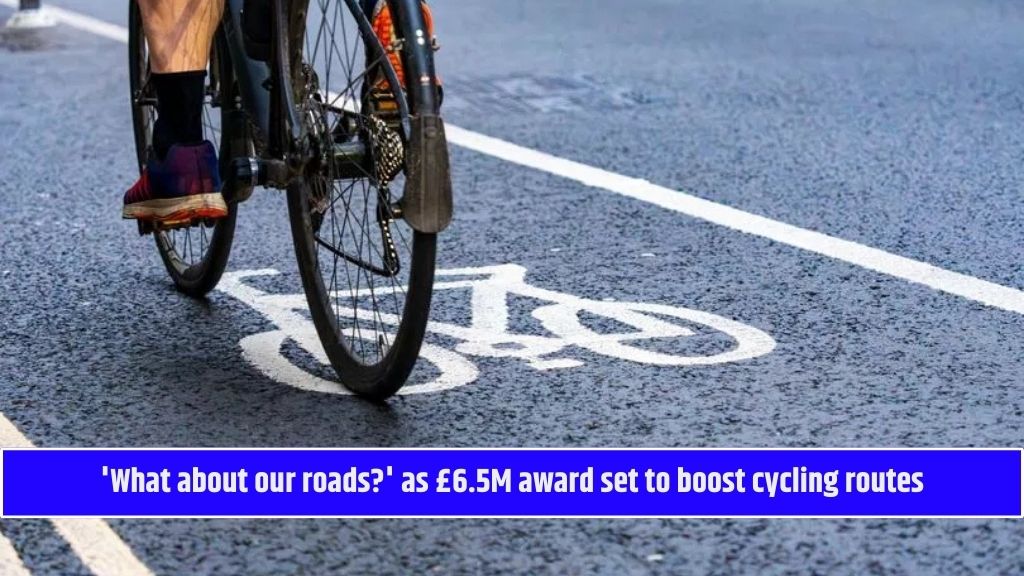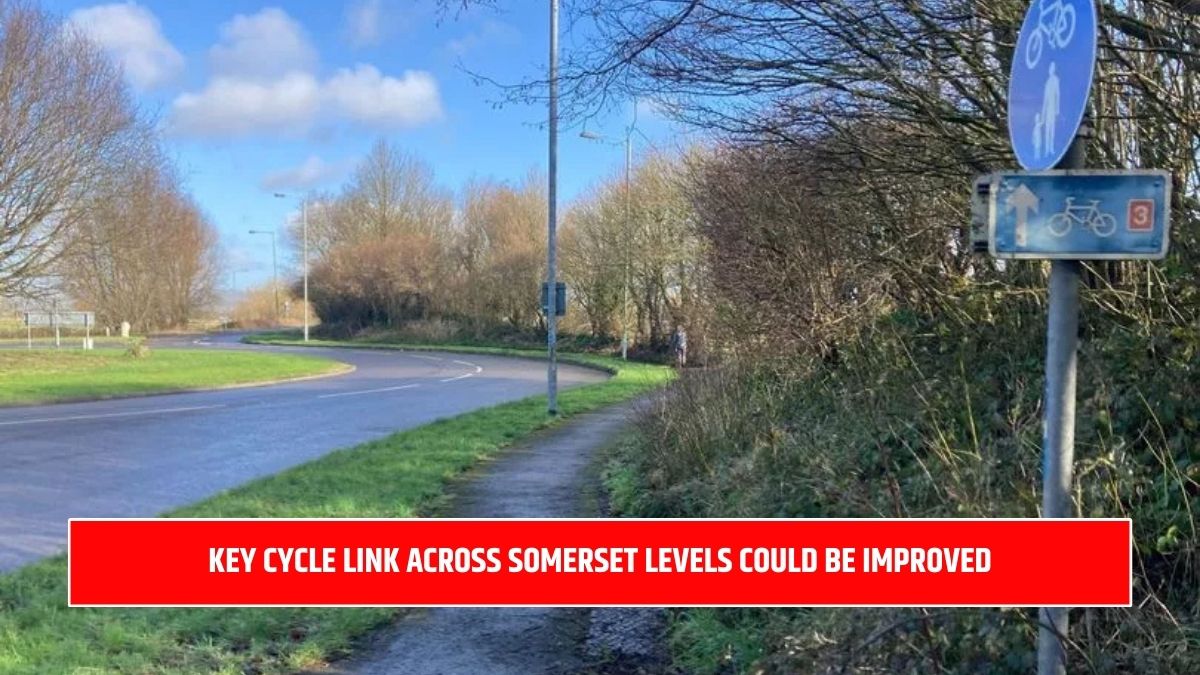Cambridgeshire and Peterborough are set to receive a £6.5 million investment to enhance walking, wheeling, and cycling routes across the region. The funding, provided by the government’s Active Travel England, aims to improve infrastructure and encourage more sustainable modes of transport.
The project will be managed by the Cambridgeshire and Peterborough Combined Authority, in collaboration with Cambridgeshire County Council and Peterborough City Council. This investment is expected to make daily travel safer, more accessible, and more enjoyable for residents.
How Will the Funding Be Used?
Phase 1: Initial £1.6 Million Investment (December 2024)
The first round of funding, allocated in December 2024, will be used for upgrades and improvements to existing routes. This phase is part of Active Travel Fund 5, and the work is set to be completed within two years.
Phase 2: Additional £4.9 Million Investment (February 2025)
A further £4.9 million was received in February 2025 to support:
- Developing high-quality walking, wheeling, and cycling infrastructure
- Community-based activities promoting active travel
- Training programmes for council officers
The total investment aims to enhance accessibility, promote sustainable transport, and improve public health across the region.
Mayor Dr Nik Johnson’s Response
Dr Nik Johnson, Mayor of Cambridgeshire and Peterborough, expressed his excitement about the funding:
“This investment is fantastic news for our region and a real improvement for those who walk, wheel, or cycle.”
His statement highlights the commitment to making sustainable transport options more viable and appealing for residents.
Public Reactions: Support & Concerns
The announcement has sparked debate among CambridgeshireLive readers. While some welcome the initiative, others argue that road infrastructure should take priority.
Supporters’ Views
Many readers see this as a positive step toward greener cities, better air quality, and healthier lifestyles.
- Welshknight suggests banning cars from city centres:“No one needs to carry heavy things from a city centre shop. Deliveries can be done collectively with electric vans, and road space can be used for nicer things.”
- Rogerbelchworth agrees:“This will improve air quality, get people fitter, reduce NHS strain, and free up roads for emergency vehicles. Build more cycle lanes!”
Critics’ Concerns
Others argue that roads and motorised transport should be prioritised, stating that cycling infrastructure benefits only a small percentage of commuters.
- Skipper believes roads are being neglected:“This investment may be great for cyclists, but our roads—the essential arteries of the country—are deteriorating.”
- Calumen Nomen questions the focus on cycling:“Cyclists are a statistical and economic insignificance. Shouldn’t the money be spent where it will actually do some good?”
- Hmmm? points out existing infrastructure issues:“Any chance you could maintain the cycle routes you’ve already built? Some are impassable due to flooding.”
- Notadon echoes concerns about road conditions:“The real priority should be fixing our roads, which affect all motorised transport.”
Balancing Active Travel and Road Maintenance
While the £6.5 million investment is a significant boost for active travel, the debate highlights divided opinions on transport spending. Supporters believe this move is crucial for a sustainable future, while critics argue that the deteriorating road network should be the top priority.
As work begins on new cycle lanes, pathways, and accessibility projects, local authorities will need to address existing infrastructure concerns to ensure a balanced approach to transport development.
| Visit for More News and Updates | WSOA NEWS |















